Khansa Rasheed
A Generative Model to Synthesize EEG Data for Epileptic Seizure Prediction
Dec 01, 2020
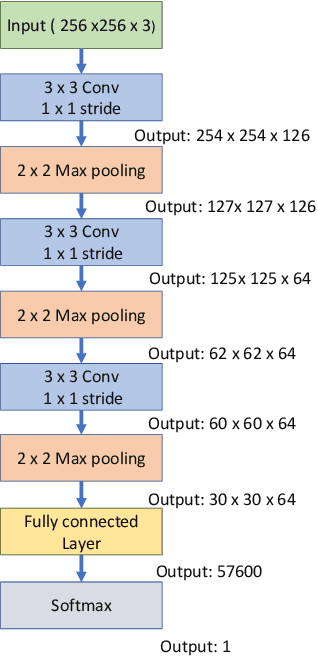
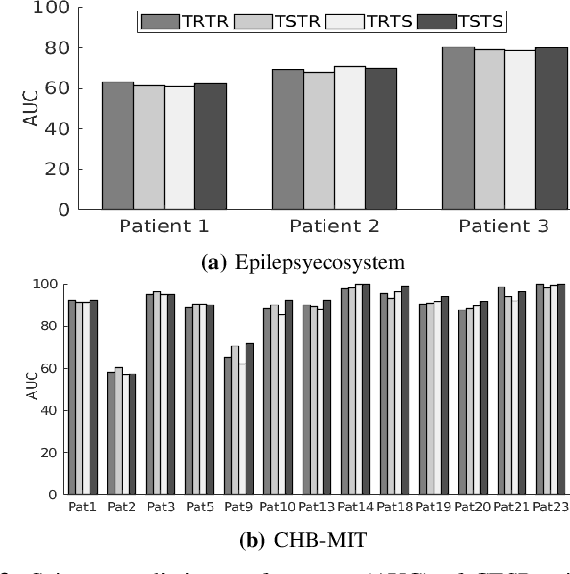
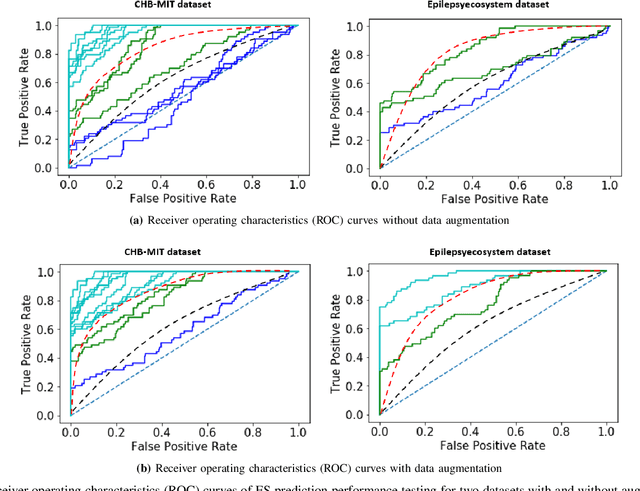
Abstract:Prediction of seizure before they occur is vital for bringing normalcy to the lives of patients. Researchers employed machine learning methods using hand-crafted features for seizure prediction. However, ML methods are too complicated to select the best ML model or best features. Deep Learning methods are beneficial in the sense of automatic feature extraction. One of the roadblocks for accurate seizure prediction is scarcity of epileptic seizure data. This paper addresses this problem by proposing a deep convolutional generative adversarial network to generate synthetic EEG samples. We use two methods to validate synthesized data namely, one-class SVM and a new proposal which we refer to as convolutional epileptic seizure predictor (CESP). Another objective of our study is to evaluate performance of well-known deep learning models (e.g., VGG16, VGG19, ResNet50, and Inceptionv3) by training models on augmented data using transfer learning with average time of 10 min between true prediction and seizure onset. Our results show that CESP model achieves sensitivity of 78.11% and 88.21%, and FPR of 0.27/h and 0.14/h for training on synthesized and testing on real Epilepsyecosystem and CHB-MIT datasets, respectively. Effective results of CESP trained on synthesized data shows that synthetic data acquired the correlation between features and labels very well. We also show that employment of idea of transfer learning and data augmentation in patient-specific manner provides highest accuracy with sensitivity of 90.03% and 0.03 FPR/h which was achieved using Inceptionv3, and that augmenting data with samples generated from DCGAN increased prediction results of our CESP model and Inceptionv3 by 4-5% as compared to state-of-the-art traditional augmentation techniques. Finally, we note that prediction results of CESP achieved by using augmented data are better than chance level for both datasets.
Machine Learning for Predicting Epileptic Seizures Using EEG Signals: A Review
Feb 04, 2020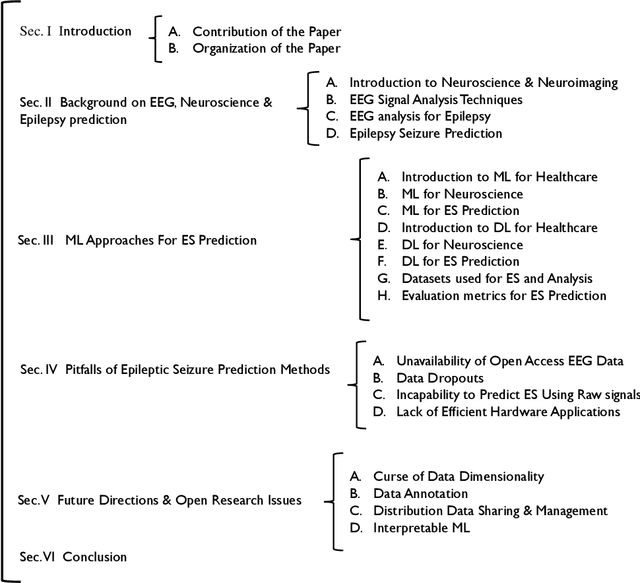
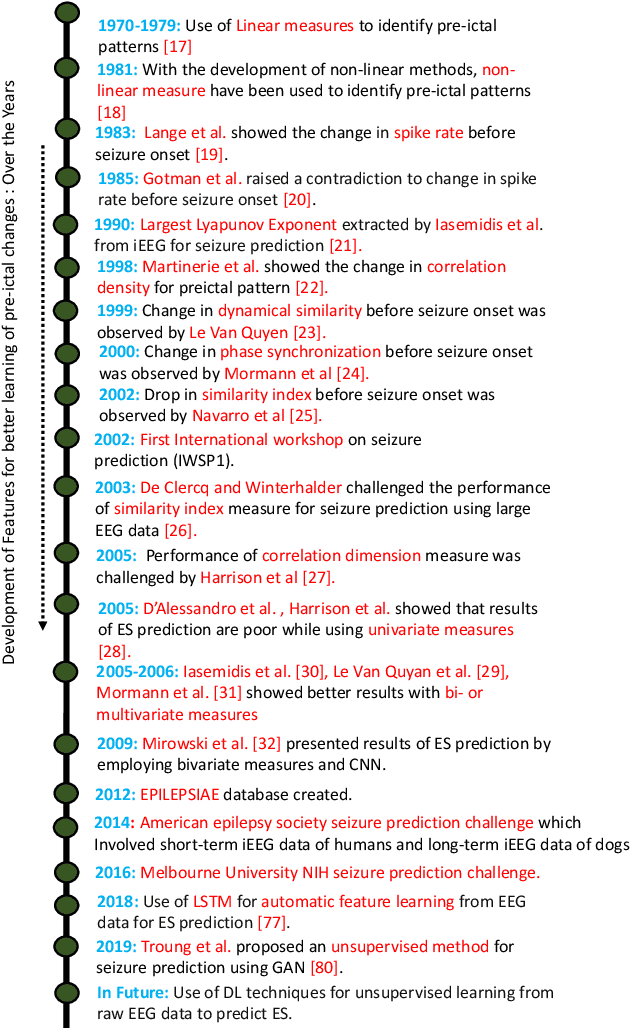

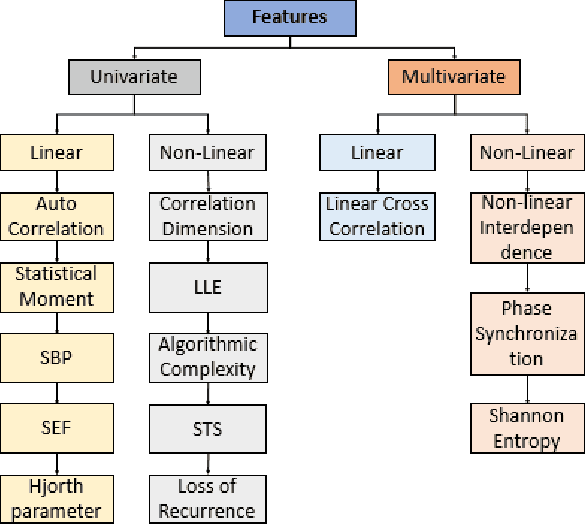
Abstract:With the advancement in artificial intelligence (AI) and machine learning (ML) techniques, researchers are striving towards employing these techniques for advancing clinical practice. One of the key objectives in healthcare is the early detection and prediction of disease to timely provide preventive interventions. This is especially the case for epilepsy, which is characterized by recurrent and unpredictable seizures. Patients can be relieved from the adverse consequences of epileptic seizures if it could somehow be predicted in advance. Despite decades of research, seizure prediction remains an unsolved problem. This is likely to remain at least partly because of the inadequate amount of data to resolve the problem. There have been exciting new developments in ML-based algorithms that have the potential to deliver a paradigm shift in the early and accurate prediction of epileptic seizures. Here we provide a comprehensive review of state-of-the-art ML techniques in early prediction of seizures using EEG signals. We will identify the gaps, challenges, and pitfalls in the current research and recommend future directions.
 Add to Chrome
Add to Chrome Add to Firefox
Add to Firefox Add to Edge
Add to Edge